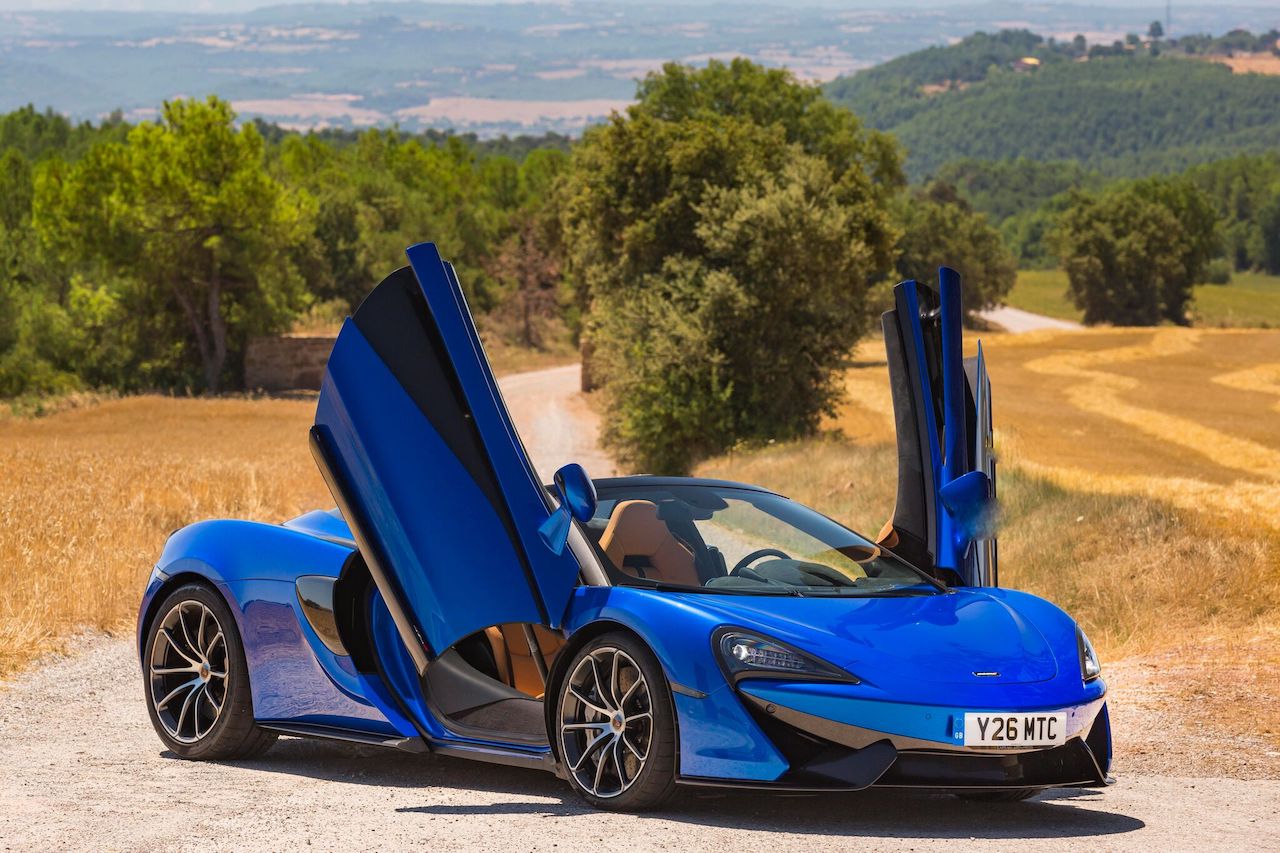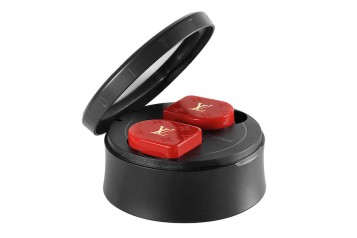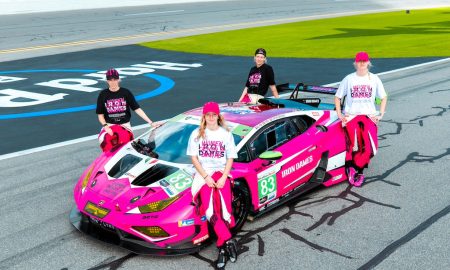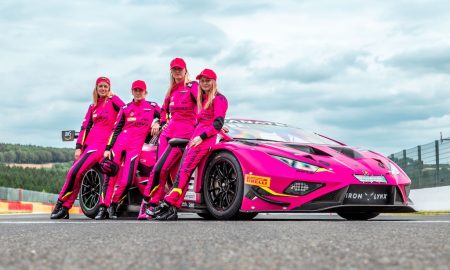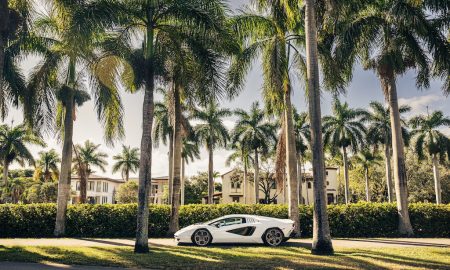Faithful readers (hi, Mom) will recall my great admiration for the McLarens which I have had a pleasure of borrowing, usually for one week at a time. The first was the MP4 12C, then the 570S, and the initial triple-threat was completed by the 675 Long Tail (675 LT), a very worthy clean-up hitter. Following up most recently was the 570S Spider, a retractable-topped thriller which punched way above its weight.
First, the specs:
3.8-litre twin-turbocharged V8
570 PS and 600Nm of torque (in US calculations—562HP, about 442 foot-pounds of torque)
About 3,300 pounds (that’s pretty light)
0-60 about three seconds (that’s really fast!)
Top speed 204 (I didn’t quite hit 204–and that’s all I have to say about that!)
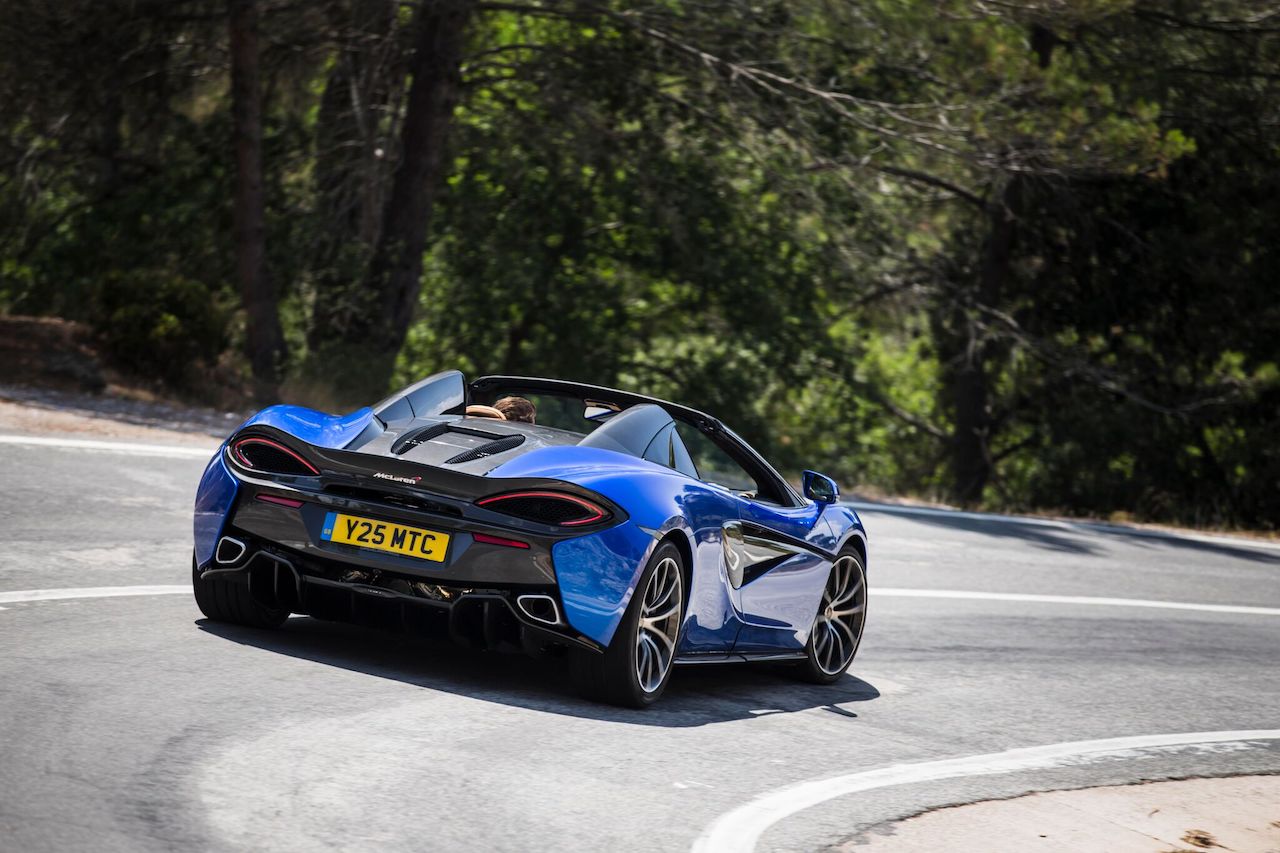
Let’s step into the Way Back Machine for a moment for a brief history behind this very popular marque. Bruce McLaren, a New Zealander, started racing in his teens and worked his way up to Formula One driver, winning the US Grand Prix in 1959 and, at age 22, he was the youngest such winner up to that time. He went on to start a racing team and, in 1980, he merged his company with Ron Dennis’ Project 4. It was that company which brought forth the amazing 1993 carbon fiber composite “McLaren F1”, the hypercar of its day with a center-located driver’s seat and two passenger seats behind it, to its left and right. Had you bought one at that time, you may have paid a lot for a car of that era, but you would be happy today as one has recently sold for over $15 million and the next one, coming up soon, could top that.
McLaren’s next hypercar was the P1, a hybrid produced for a few years starting in 2013 and debuting at about $1.3 million (that’s some base price!) and selling today for at least $1.8 million. Too bad you and I didn’t fund our IRAs with McLarens!
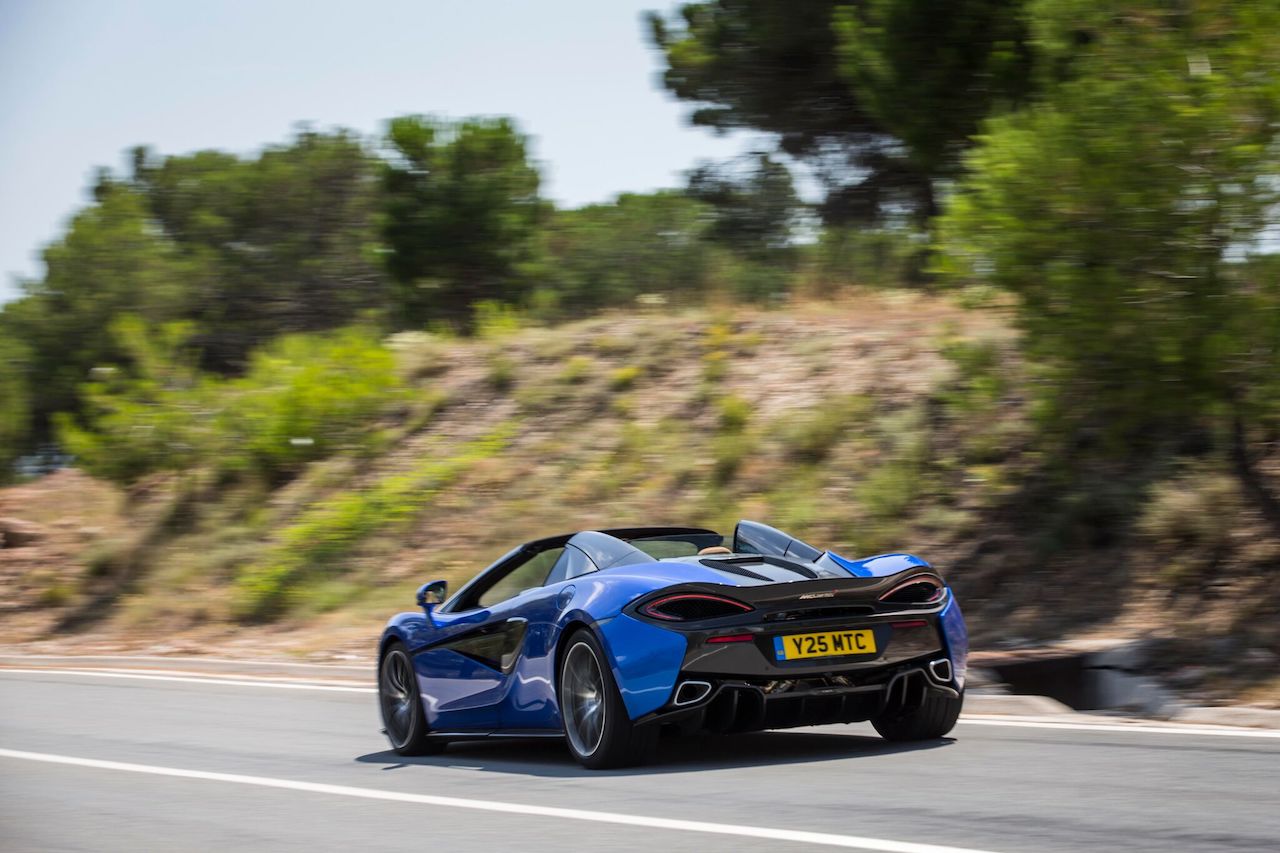
So why mention the F1 and the P1 in a story about the 570S? For one, the 3.8-litre V8 is the same basic engine that is in the P1. Also, a car’s heritage says a lot about both provenance and capability. If McLaren can produce two of the most famous hypercars of all time, they certainly can provide an “ordinary” supercar like the 570S. To drive the 570S is to recognize its racing heritage immediately. Pretty much everything between the front and rear axels is included in the one-piece carbon fiber “MonoCell” to which aluminum sub-frames are bolted fore and aft. This makes the passenger cabin extremely solid, very light, and rattle-free. The seats are leather and adjust front-back manually. The center stack includes dials to change the engine performance metrics and to modify the suspension response. There are no ionizing air fresheners or an abundance of cup holders. This is a business office which would work well for the track but is designed for the street.
All of this high-tech technology and performance is housed in a gorgeous, sweeping body which shares some of the styling cues with the P1. It’s also available in an array of colors from a palette that any artist would envy. “Mine” was Ceramic Gray, and it was stunning. With the dihedral doors (you were paying attention in geometry, right?) reaching skyward, all that’s needed is a Luke Skywalker outfit to turn your Tatooine farm boy into a Jedi Knight!







